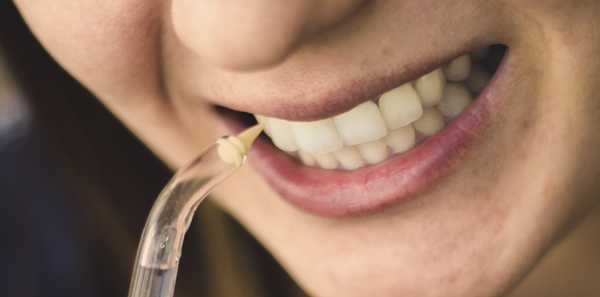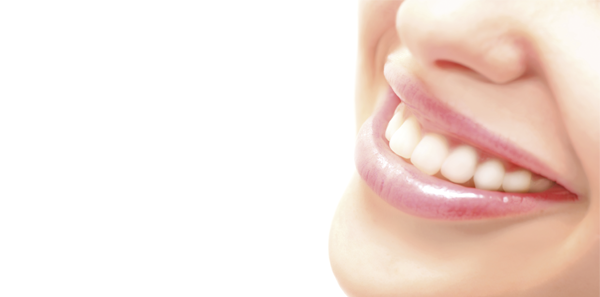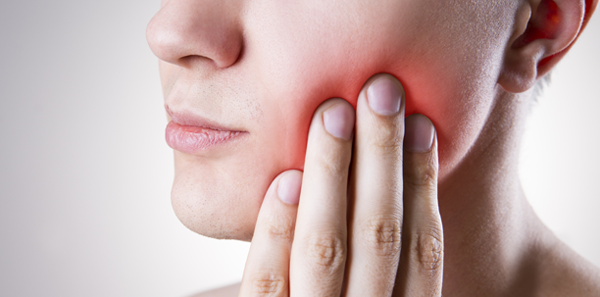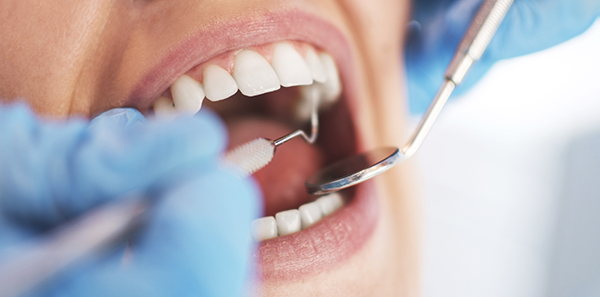
What is an oral irrigator (or dental water jet) and what is it for?
Irrigators are devices that use a high-pressure jet of water to remove the remains of food and bacterial plaque from the teeth and gums, improving dental hygiene when used in conjunction with a manual or electric toothbrush, interdental brushes and dental floss.
Dental irrigators should NOT under any circumstances replace the daily brushing routine, it is just an additional step in an oral hygiene programme.
Oral irrigators are very easy to use and very safe. The best time to use one is after brushing.
They come with various nozzles for different purposes and water pressures.
What are they for?
- They reduce the amount of bacterial plaque on teeth, helping to prevent tooth decay and reduce dental tartar.
- They help reduce gum inflammation and bleeding as they exercise a light massaging action.
- They make teeth and gums feel cleaner as the water jet can reach areas that can’t be cleaned by traditional brushing, especially when combined with rinsing with mouthwash.
Who are they particularly suitable for?
- People with orthodontic appliances, as these can make ensuring dental hygiene more difficult.
- People with fixed dental prosthetics (crowns, bridges, etc.).
- People with gum disease (periodontitis, gingivitis, etc.).
- People with diabetes, as they are more susceptible to gum inflammation and oral mucosa lesions.
Who can use them?
They’re versatile and can be used at any age
What kinds of irrigators are available?
There are three main types of irrigators:
- Domestic bathroom irrigators. The come with several spare nozzles in different colours for families with more than one user, so each person can have their own hygienic nozzle; they also have a larger sized water reservoir (0.3/1 litre).
- Portable irrigators for travel or the office. The water reservoir is smaller (0.130/0.200 litre) which means it needs filling more often, they come with fewer spare nozzles and the water pressure is usually lower than in the larger models.
- Irrigators with electric toothbrush. First you brush your teeth with the electric toothbrush and then you finish off with the irrigator (around 2 minutes). The reservoir is big enough and they come with several nozzles.
Technical specifications
- Pulses per minute. Describes the power of the water jet, although the pressure can usually be regulated. A minimum of 1,200-1,400 pulses per minute are needed to eliminate the most stubborn stains and plaque.
- Types of water jet. The power of the water jet can be regulated as follows:
- Continuous flow. A single, constant jet of water.
- Multijet. Sends out small jets of water to remove particularly stubborn stains and plaque.
- Regulating valves. Usually only available on more sophisticated models, they regulate the pressure of the water jet.
To conclude, oral irrigators are not a substitute for toothbrushes and dental floss, they are just an additional step in an oral hygiene programme, but they do have significant benefits.
Dr. Juan Andrés Maltés Abad – Dental Surgeon












